How to Choose the Best Food Packaging Boxes for Your Business Needs
In the fast-paced world of food service and retail, the importance of selecting the right food packaging boxes cannot be overstated. Packaging not only plays a crucial role in preserving the quality and freshness of the food but also serves as a powerful marketing tool that can influence consumer purchasing decisions. With a myriad of options available in the market, choosing the best food packaging boxes tailored to your specific business needs can be overwhelming. This guide aims to simplify the selection process by outlining key factors to consider, including material durability, design aesthetics, sustainability, and cost-effectiveness. Whether you operate a restaurant, café, or food delivery service, understanding how to choose the right packaging can enhance your brand's image, ensure customer satisfaction, and ultimately drive sales.
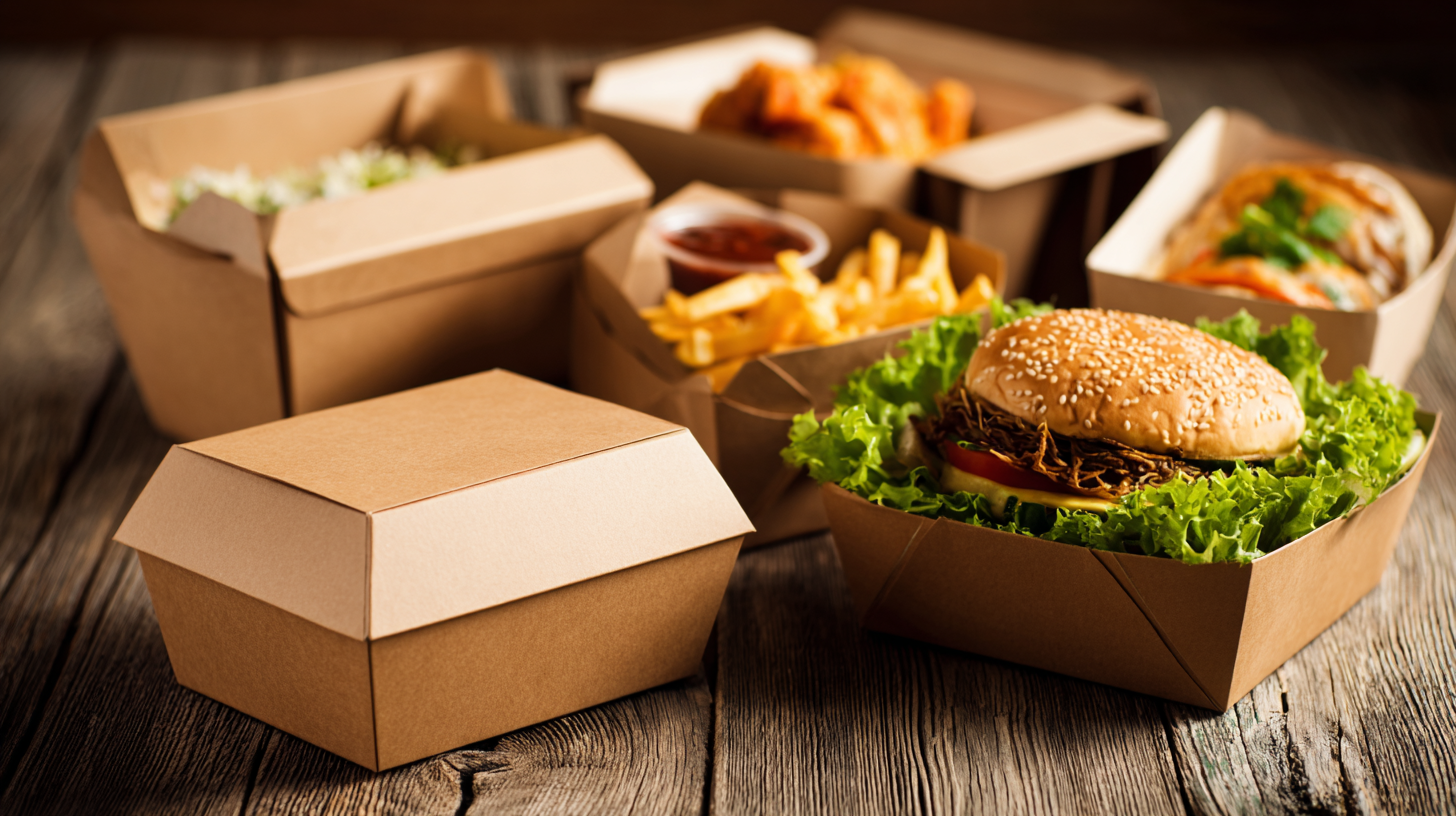
Join us as we explore the essential aspects of food packaging boxes that will help elevate your business.
Understanding the Importance of Food Packaging in Consumer Perception and Safety
When it comes to food packaging, the visual and functional elements play a critical role in shaping consumer perception and ensuring safety. Attractive packaging can entice consumers, conveying quality and freshness even before the product is tasted. Bright colors, clear labeling, and appealing designs can significantly influence a shopper's decision, making it essential for businesses to invest time in creating packaging that not only stands out but also aligns with their brand identity.
Moreover, food safety is paramount in packaging decisions. The right materials can protect against contamination and spoilage, ensuring that the product remains safe for consumption. Businesses must consider factors such as moisture resistance, barrier properties, and compliance with health regulations when choosing packaging materials. Incorporating sustainable practices in food packaging can further enhance a brand's image, appealing to eco-conscious consumers while ensuring that safety standards are fully met. By understanding the dual impact of aesthetics and safety in food packaging, businesses can better satisfy consumer demands and build lasting trust.
Food Packaging Preferences Among Consumers
Evaluating Different Types of Material: Plastic, Paper, Glass, and Sustainable Options
When selecting the best food packaging boxes for your business, the choice of material is crucial, particularly given the shifting consumer perspective towards sustainability. Recent studies highlight that sustainable bioplastics, which are derived from renewable resources, present a viable alternative to conventional plastic packaging. These bioplastics exhibit a significantly reduced carbon footprint, addressing the growing environmental concerns associated with traditional single-use plastics.
Moreover, a comprehensive life cycle assessment of polyethylene (PE) packaging demonstrates that many alternative materials can effectively mitigate environmental impacts without compromising functionality. For instance, research comparing perceived and actual environmental sustainability in beverage packaging revealed that glass bottles, while often regarded as eco-friendly, necessitate considerable energy for production and transportation. In contrast, some reusable packaging solutions showed promising results in minimizing waste and carbon emissions, especially when applied to perishable liquid foods.
As the packaging sector evolves, stakeholders must assess not only the material's functionality but also its environmental implications. Choosing the right packaging can enhance brand reputation and meet the increasing consumer demand for sustainable practices, ultimately contributing positively to the overall ecological landscape.
How to Choose the Best Food Packaging Boxes for Your Business Needs
| Material Type | Pros | Cons | Best Use Cases |
|---|---|---|---|
| Plastic | Durable, lightweight, moisture-resistant | Environmental concerns, not biodegradable | Takeout containers, packaging for perishable goods |
| Paper | Biodegradable, customizable, cost-effective | Less durable, not moisture-proof | Sandwich wraps, pizza boxes, food bags |
| Glass | Inert, reusable, recyclable | Heavy, breakable, higher cost | Jars for sauces, bottles for beverages |
| Sustainable Options | Eco-friendly, often made from recycled material | Availability can be limited, may be more expensive | Organic products, environmentally-conscious brands |
Analyzing Cost vs. Quality: Finding the Right Balance for Your Food Packaging Needs
When selecting food packaging boxes, balancing cost and quality is crucial for ensuring the success of your business. While it may be tempting to choose the cheapest option available, compromising on quality can lead to disappointing results, such as ruined products or negative customer experiences. On the other hand, investing in high-quality materials can enhance your brand's image and leave a lasting impression on your customers.
**Tips:** Always consider the materials used in packaging; they should be suited for the type of food being stored. For instance, biodegradable options may be ideal for organic products, while sturdy containers are essential for shipping fragile items. Additionally, assess the total cost of ownership, which includes not only the purchase price but also factors like shipping, storage, and waste management.
Striking the right balance also involves understanding your target market's preferences. Are they more inclined to choose eco-friendly options, or do they prioritize cost? Gathering feedback from your customers can provide valuable insight into the type of packaging that will resonate with them, helping you make more informed decisions without sacrificing quality for affordability.
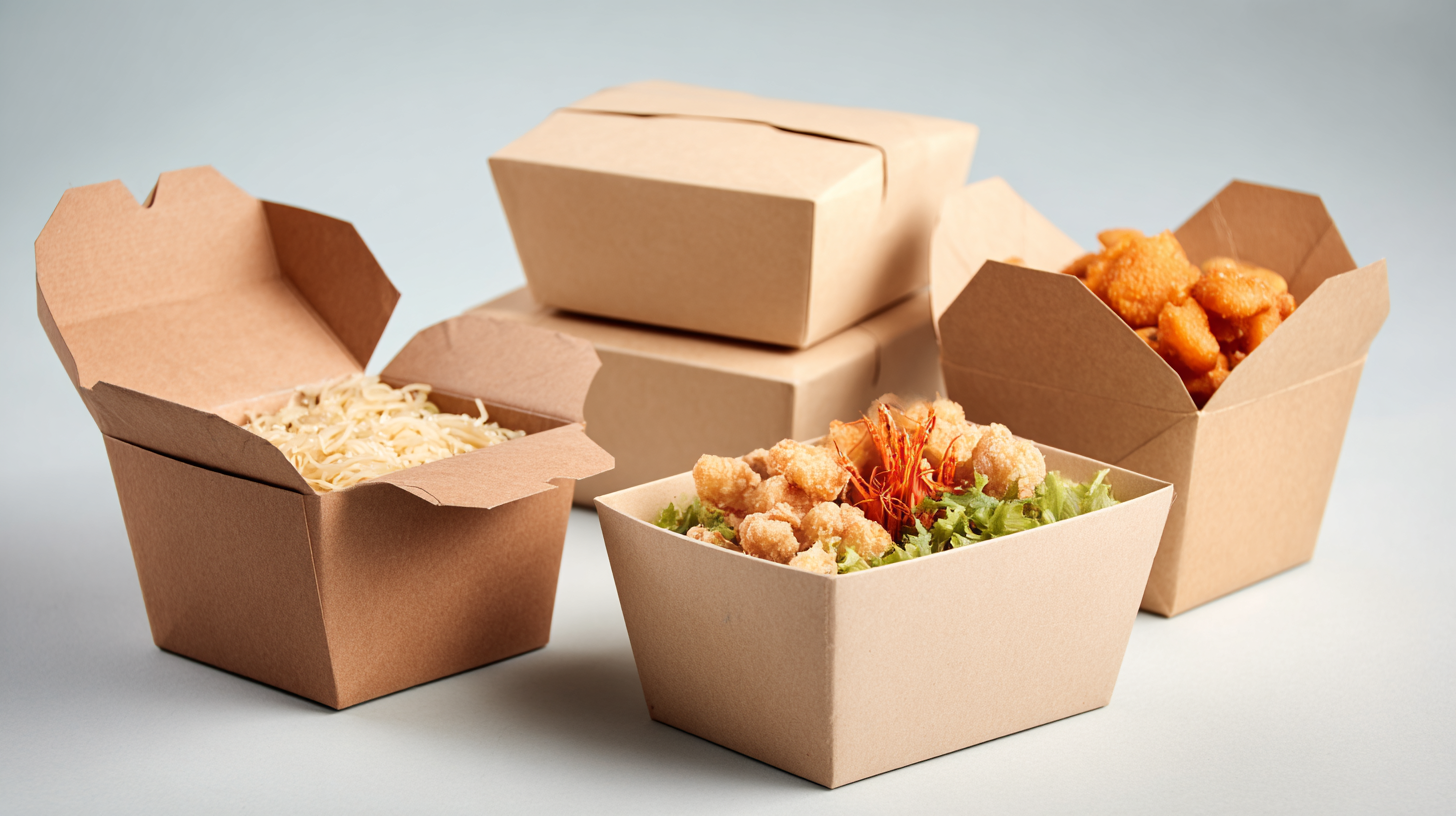
Complying with Regulations: Ensuring Your Packaging Meets Food Safety Standards
When selecting food packaging boxes for your business, compliance with regulations is paramount. Meeting food safety standards ensures that your products reach consumers in optimal condition while also protecting your brand reputation. It’s crucial to familiarize yourself with local and international regulations regarding food packaging materials, labeling requirements, and safety testing protocols. Staying updated on these regulations can be the difference between successfully operating a food business and facing costly fines or recalls.
**Tips:** First, choose packaging materials that are certified food-safe, such as BPA-free plastics or food-grade cardboard. Secondly, consider investing in packaging that provides barriers to moisture and light, which can compromise food quality. Lastly, make sure your packaging is properly labeled with ingredients and expiration dates, adhering to local labeling laws to avoid any compliance issues.
Paying attention to these details not only ensures adherence to regulations but also enhances consumer trust. Quality food packaging not only protects the product but also conveys a commitment to safety, which can positively influence customer loyalty and brand perception.

Incorporating Branding Elements: How Custom Packaging Can Enhance Your Market Presence
Custom packaging plays a pivotal role in enhancing brand presence in the competitive cosmetic market. As consumer preferences shift towards sustainability, over 70% of cosmetic brands are adopting eco-friendly packaging solutions. This trend not only aligns with consumer values but also serves as a powerful branding opportunity. According to a report, the global product packaging design market is expected to reach approximately $6.75 billion in 2024, with projections of $10.01 billion by 2030. This growth highlights the importance of innovative and tailored packaging that resonates with consumers.
Moreover, technology in packaging is increasingly vital for ensuring product authenticity and safety, particularly in sensitive sectors such as food and pharmaceuticals. As businesses seek to cater to environmentally conscious consumers, exploring sustainable materials becomes essential. The ongoing regulatory pressures for environmentally friendly packaging further underscore the necessity for brands to rethink their packaging strategies. Investing in bespoke packaging that incorporates branding elements not only enhances visibility but also fosters consumer loyalty, proving that effective packaging is a crucial aspect of modern marketing.
Related Posts
-

7 Best Practices to Optimize Your Usage of Corrugated Cardboard for Packing Solutions
-
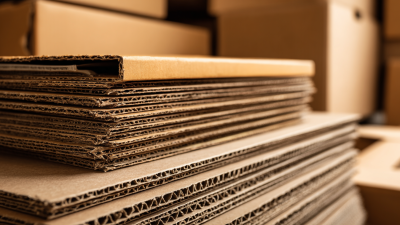
Navigating International Standards: How Best Cardboard Packaging Meets Global Import Certification Requirements
-

How to Choose the Best Shipping Supplies for Your Business Needs
-
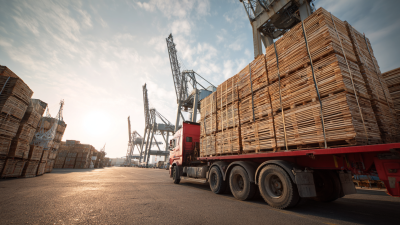
7 Essential Tips for Choosing the Best Bulk Shipping Supplies Worldwide
-
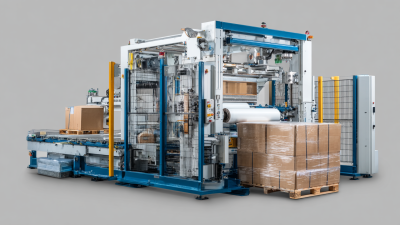
Unlocking Efficiency and Savings with Pallet Wrap Machines Advantages for Your Business
-
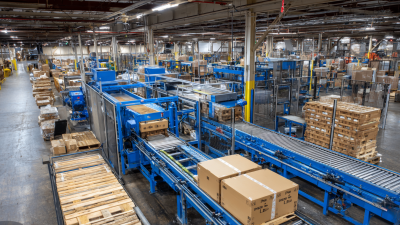
How to Optimize Your Packaging Line Efficiency with Case Erectors Using Industry Data
